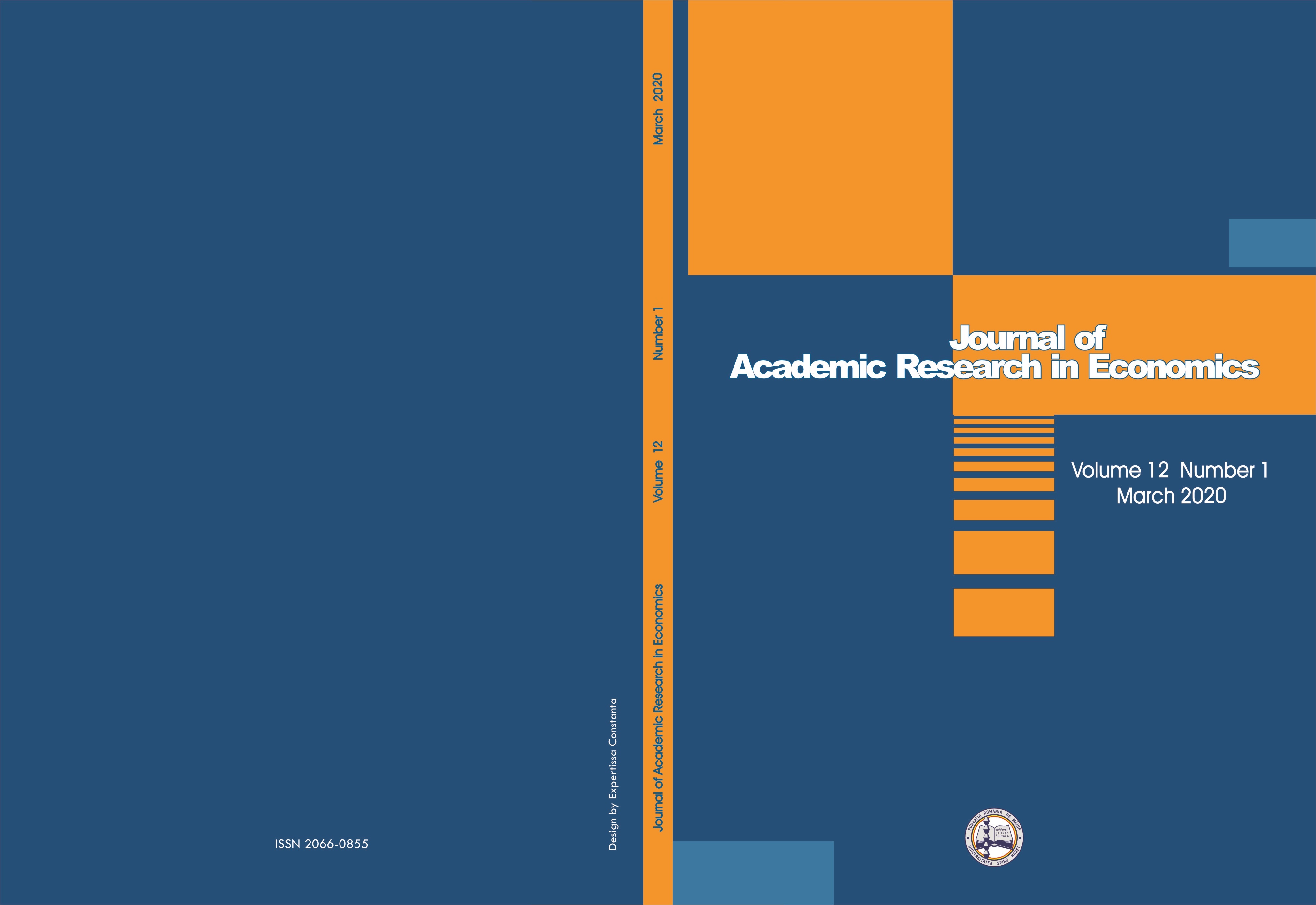REVENUE OPTIMIZATION IN A BUSINESS MERGER
REVENUE OPTIMIZATION IN A BUSINESS MERGER
Author(s): Walter AnukuSubject(s): Business Economy / Management
Published by: Universitatea SPIRU HARET - Faculty of Accounting and Financial Management
Keywords: General Financial Markets; Financial Institutions and Services; Compensation; Labour Costs; Wages; Mergers; Acquisitions; Restructuring; Voting; Proxy Contests; Corporate Governance; Production;
Summary/Abstract: Businesses fuse to become one to assume an advantage in a weak business function. The most critical area of interest that drives merger is taxation, strategic management, technology, geographical location, and access to product-market. This article is centred on the concept of how Firms can optimize revenue, and the goal is to thoroughly examine the significant perception of why some mergers succeed or fail in maximizing revenue. Merger in business is a quicker way to entrench a business into another, a better way to diversify an enterprise product. Workforce development is essential for the Firm to not only survive, but be able to create goodwill and optimize profit: which is the reason a business is created in the first instance. The manpower in the organization is overlooked in the build-up to a merger plan, indicating one of the many reasons business mergers fail. In this study, Cobb Douglass's production function is deployed to reveal that labour has the propensity to optimize revenue when compared to capital. The result shows that if the staff of an organization is strategically developed during the pre-merger stage to fit into the new Company, higher revenue will be achieved within the shortest possible period.
Journal: Journal of Academic Research in Economics (JARE)
- Issue Year: 12/2020
- Issue No: 1
- Page Range: 45-58
- Page Count: 14
- Language: English

